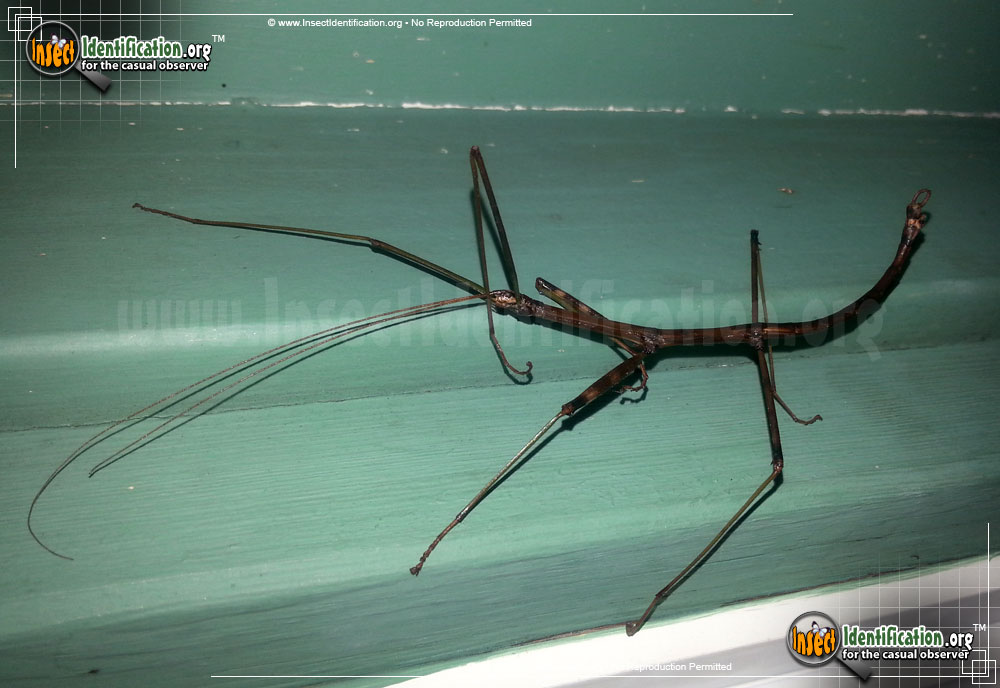
Northern Walkingstick
The northern walkingstick is Missouri's most common species of walkingstick. It is very slender, and the antennae are two-thirds the total body length. Males are brown; females are greenish brown and larger. The pincerlike circi at the tip of the abdomen are not segmented. Immatures are green.

Top 10 Largest Insects in the United States ExploringUSA
insect. Also known as: Diapheromera femorata, northern walkingstick. Learn about this topic in these articles: damage to trees. In walkingstick. The North American species Diapheromera femorata may defoliate oak trees during heavy infestations. Read More; life cycle.

Pin on Nature Insects
Northern walking sticks (Diapheromera femorata), the only species in northern North America, is 3 ½" to 4" in length (males tend to be smaller). Most species in the US are wingless; insect legs (and wings) are attached to its middle section (thorax), and a walkingstick's thorax comprises an impressive one-half of its body length.
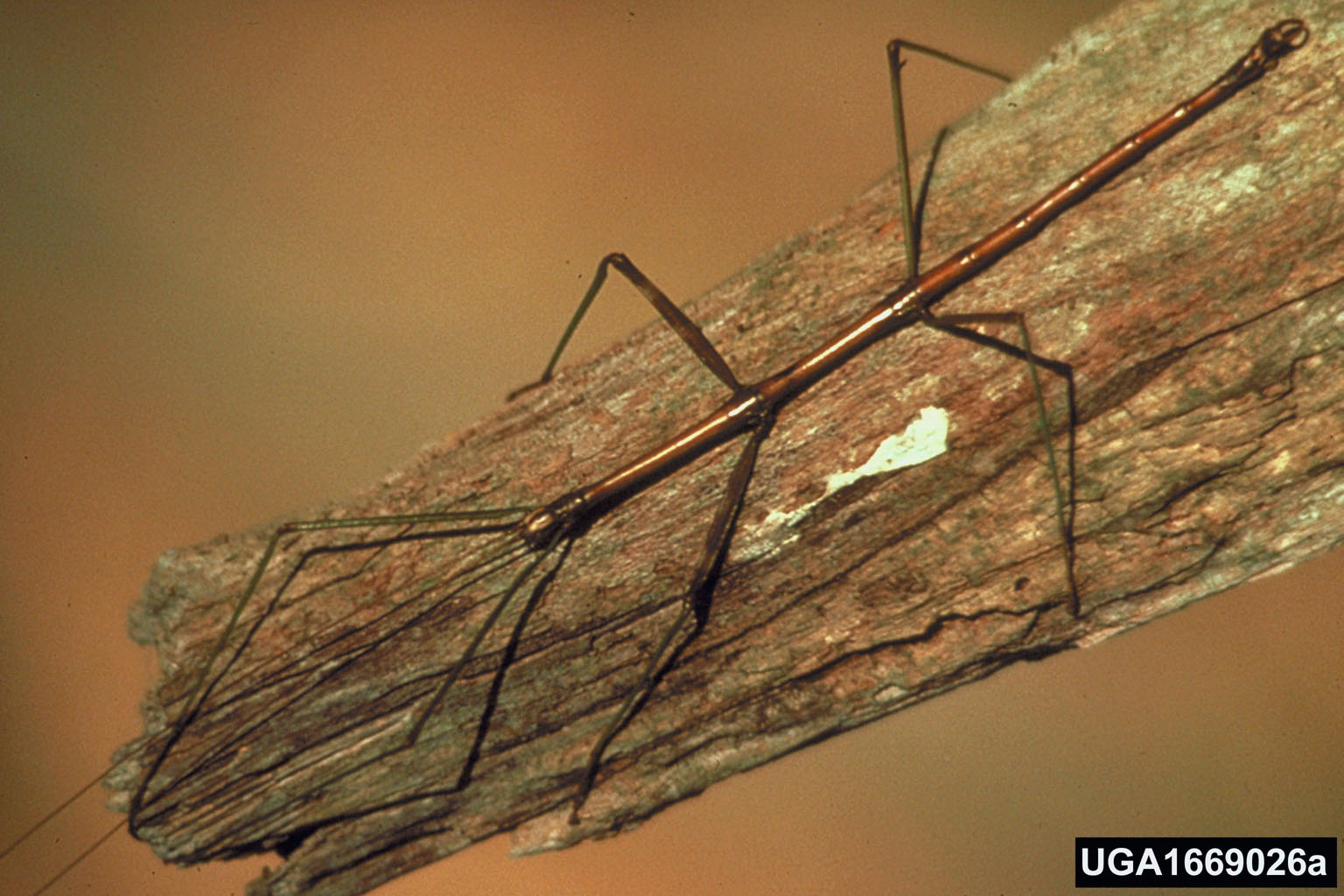
Forest Pest Insects in North America a Photographic Guide
The northern twostriped walking stick, Anisomorpha ferruginea, is a somewhat chunky walkingstick insect that matures and lays its eggs in the fall. Females are brown and about 4 inches long. Males are skinnier and smaller (1 1 / 2 inches long).
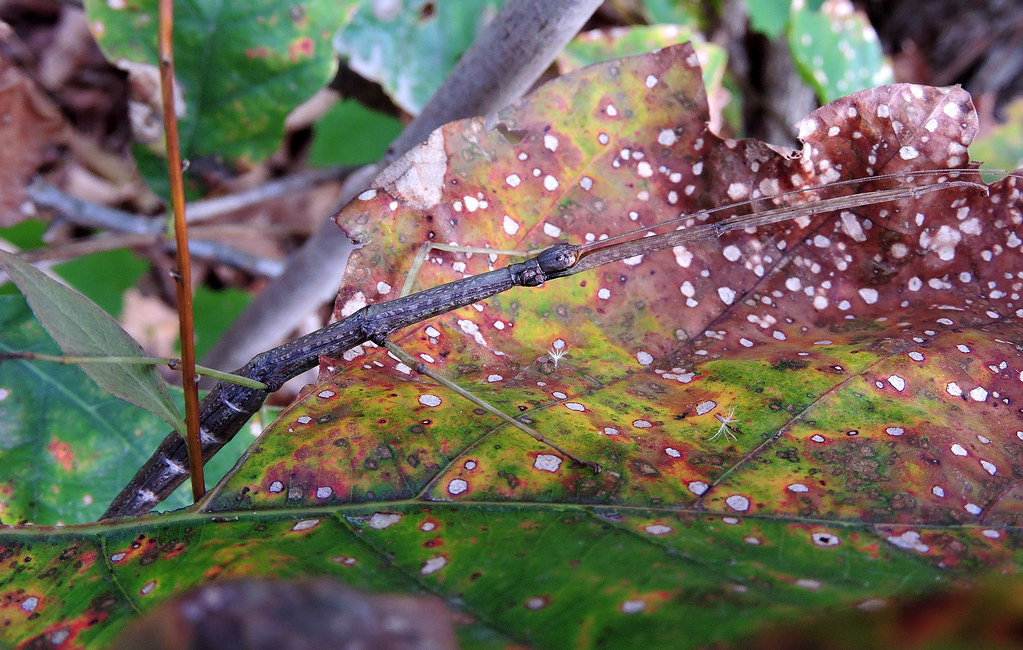
Northern Walking Stick insect KVSP, Andover Twsp., Sussex … Flickr
Habitat Common walkingsticks are found in deciduous woods and forests where their preferred food sources (oak and hazelnut) are abundant. They may also be found in agricultural fields, urban gardens and residential yards. ( Milne, 1980) Habitat Regions temperate terrestrial Terrestrial Biomes forest mountains Other Habitat Features
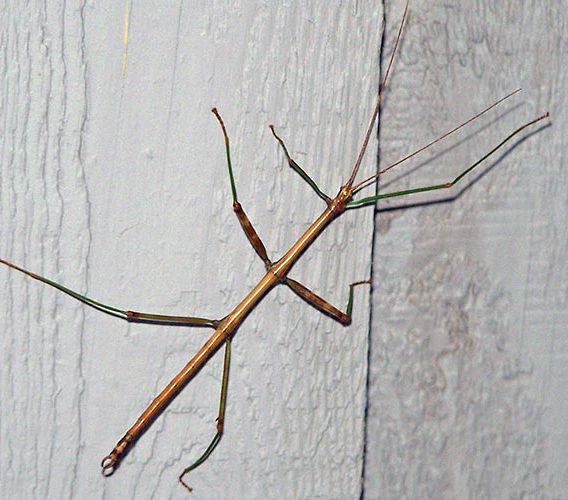
Northern Walkingstick (Family Diapheromeridae) Field Station
northern walkingstick (Diapheromera femorata) Information Photos Slideshows Videos Sightings Conservation • Description • Habitat • Biology • Distribution • Taxonomy Glossary Cercus One of a pair of small sensory appendages at the end of the abdomen of many insects and other arthropods. In Odonata, one of the upper claspers. Plural: cerci. Femur

stick insects can make good pets for kids (1280×853) Stick insect, Walking stick insect
Northern walkingstick (Diapheromera femorata), very slender and common in Missouri 1 Twostriped walkingstick (Anisomorpha buprestoides), a large, stout phasmid with three conspicuous longitudinal black stripes 2 Wings and Spines Many walking stick species are wingless or have small, vestigial wings.

Bug Pictures Common Walkingstick (Diapheromera femorata) by hollys_hints
Walking sticks, also known as stick insects, belong to the insect order Phasmatodea, which consists of around 3,000 species. These fascinating creatures are known for their impressive camouflage capabilities, as they closely resemble twigs or branches found in their natural habitat.

Field Biology in Southeastern Ohio Another Insect Walk
Northern walkingsticks, or stick bugs, are common throughout North America, but they are not often seen. They have the ultimate camouflage, blending right in to the tree they are foraging on! Females lay single eggs on the forest floor and the eggs over winter in the leaf litter.

Northern Walking Stick insect (Diapheromera femorata), Aug 2020. Walking stick insect, Stick
The northern walkingstick ( Diapheromera femorata) is very slender, and the antennae are two-thirds the total body length. Males are brown and can be 3 inches long; females are greenish brown and can be 3¾ inches long. The pincerlike circi at the tip of the abdomen are not segmented. Immatures are green.
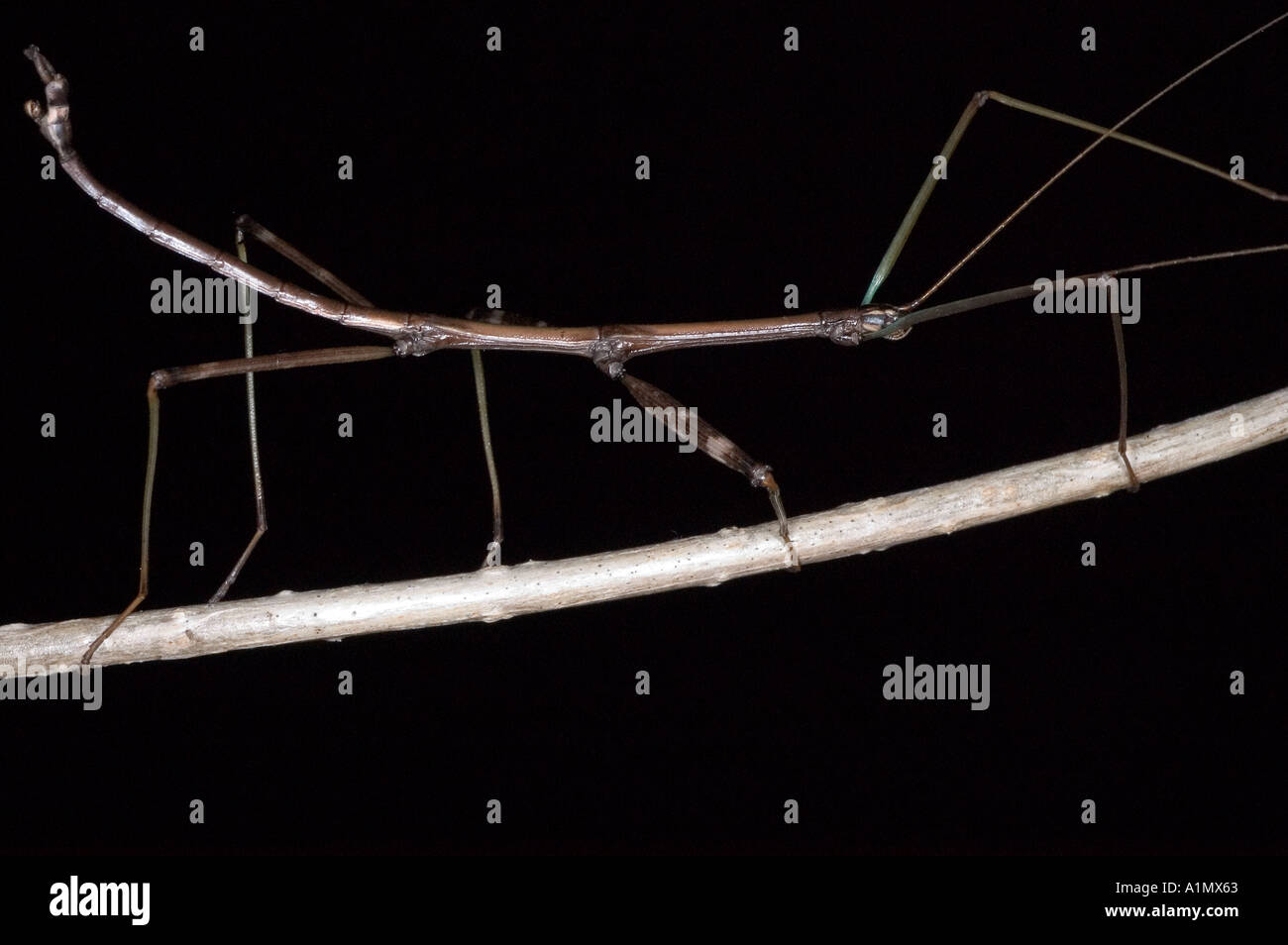
northern walking stick insect Stock Photo Alamy
Description Walking sticks, or stick insects, are a group of highly camouflaged insects. They escape predation by blending into plant material. As their name suggests, they look just like sticks, and may even sway back and forth to more closely resemble a twig moving in the wind.
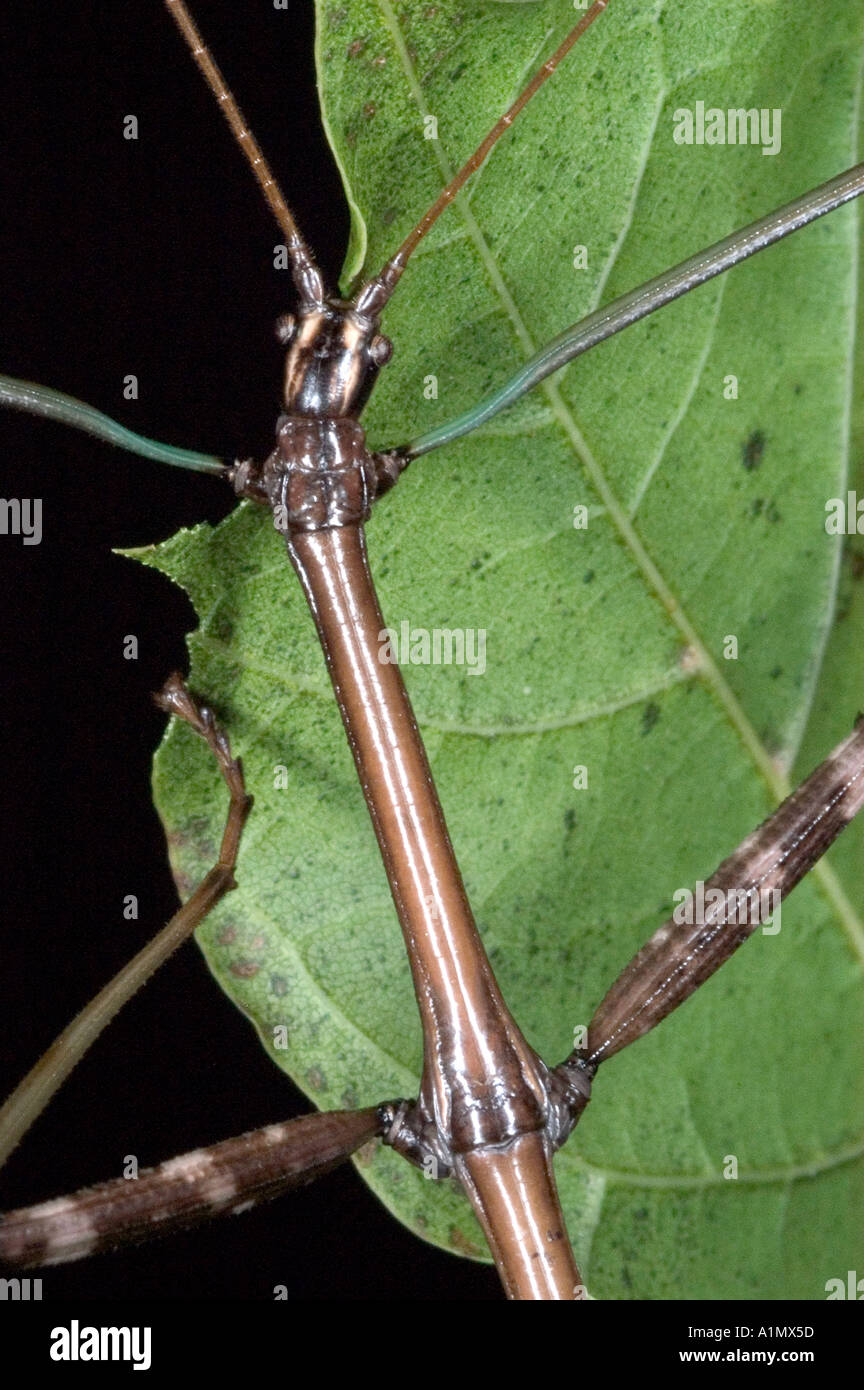
northern walking stick insect Stock Photo Alamy
The common walkingstick or northern walkingstick ( Diapheromera femorata) is a species of phasmid or stick insect found across North America. The average length of this species is 75mm (3 in) for males and 95mm (3.7 in) for females. The insect is found in deciduous forest throughout North America, where it eats many types of plant foliage.
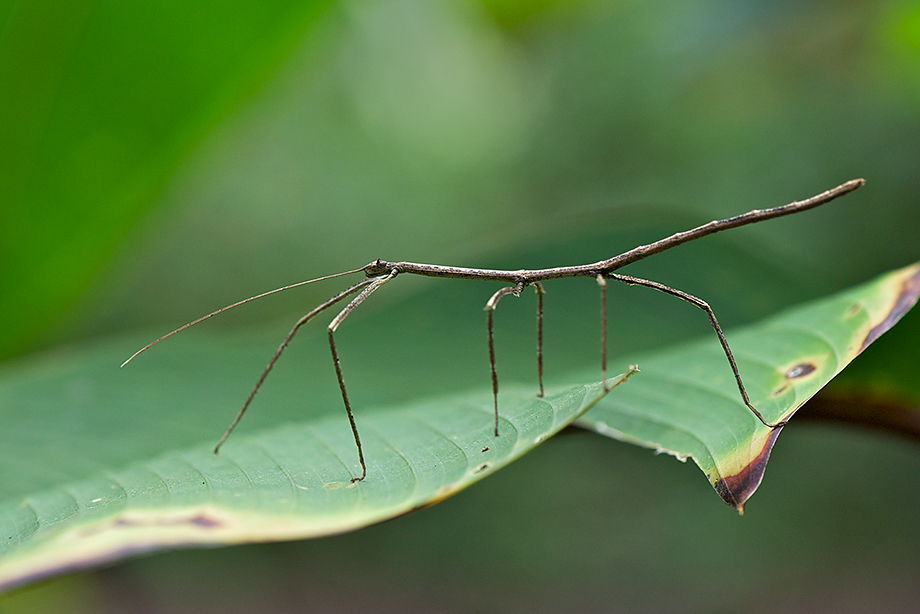
Stick Insect Sean Crane Photography
Description The northern two-striped walkingstick is a tan, brown, or brownish-yellow, elongated insect lacking wings, resembling a short stick. Two-striped walkingsticks are chunkier than our other stick insects.
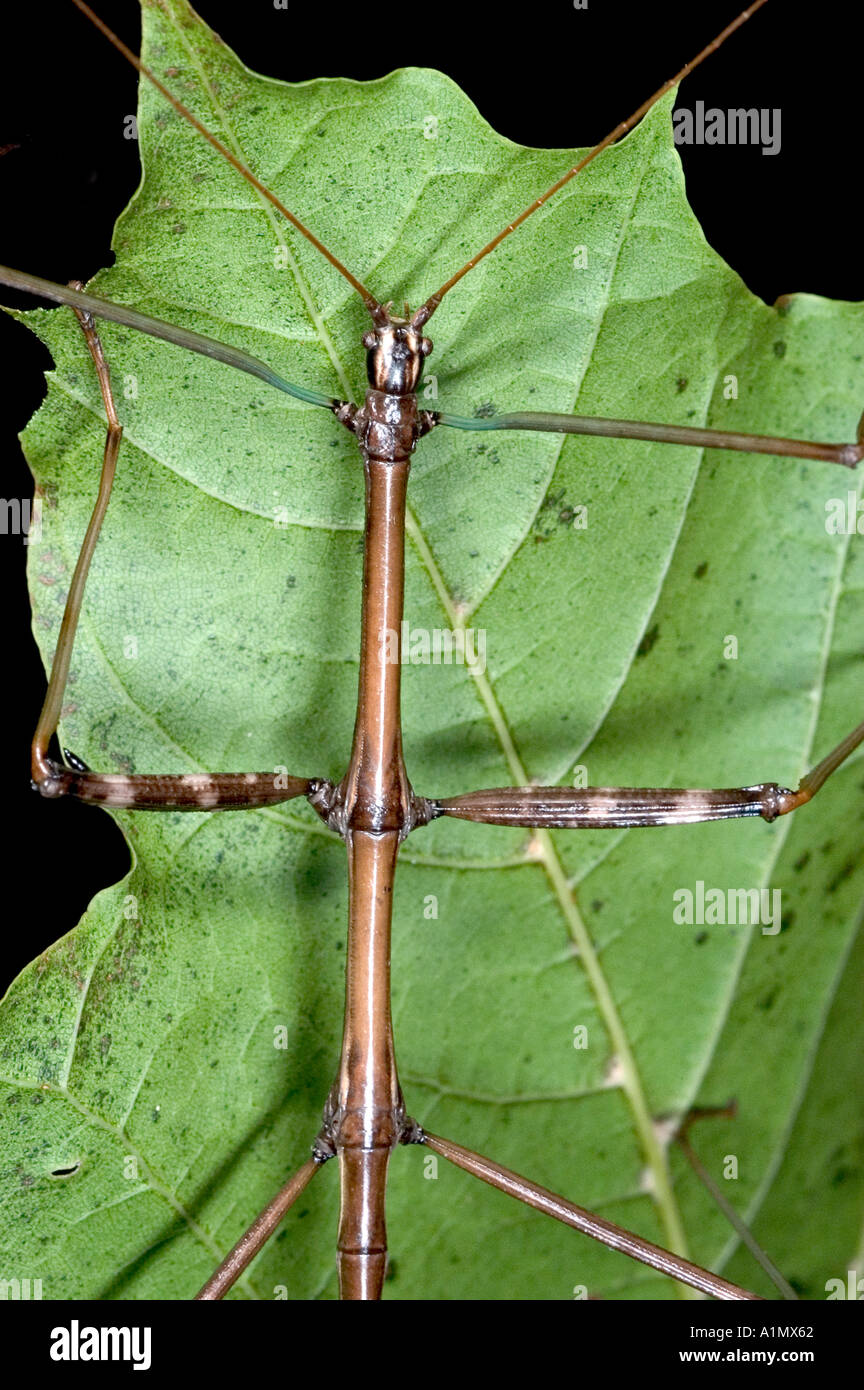
Northern walking stick insect hires stock photography and images Alamy
Northern Walking Stick (Diapheromera femorata) Did You Know? Walking Sticks have the ability to regenerate lost legs Description: Walking Sticks are very slow moving, long, thin wingless insects that look remarkably like a twig. This allows them to camouflage on trees and bushes during the day.

Fantastic Phasmids Bugs In Our Backyard
There are a total of [ 6 ] Walking Sticks in the InsectIdentification.org database. Always pay close attention to color variations and body shapes when trying to identify a species. To remove entries below, simply click on the 'X' in the red box of each respective insect.

Bug Pictures Common Walkingstick (Diapheromera femorata) by hollys_hints
Northern walkingsticks ( Diapheromera femorata ), the only species in northern North America, is 3 ½" to 4" in length (males tend to be smaller). Most species in the U.S. are wingless; insect legs (and wings) are attached to its middle section (thorax), and a walkingstick's thorax comprises an impressive one-half of its body length.